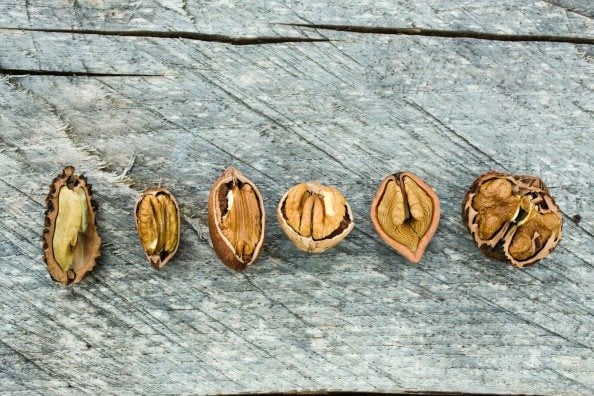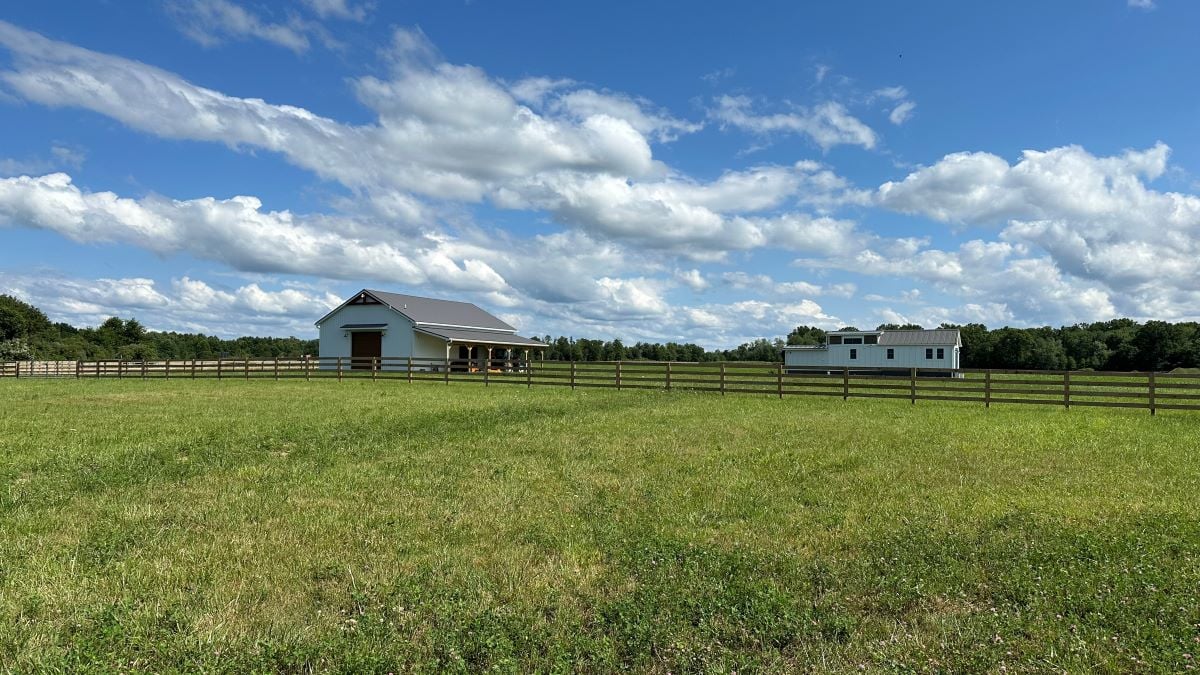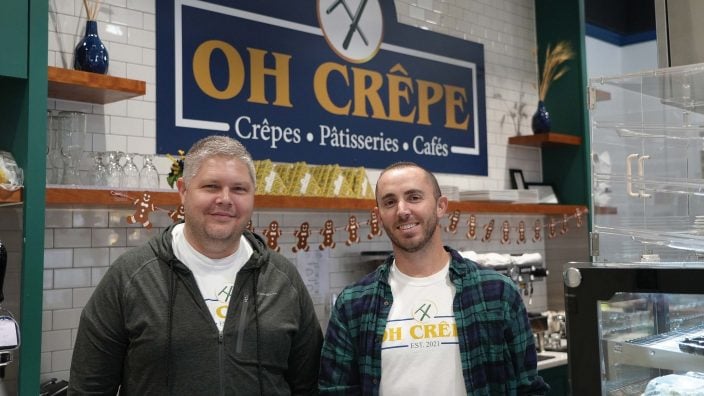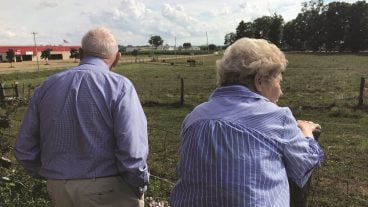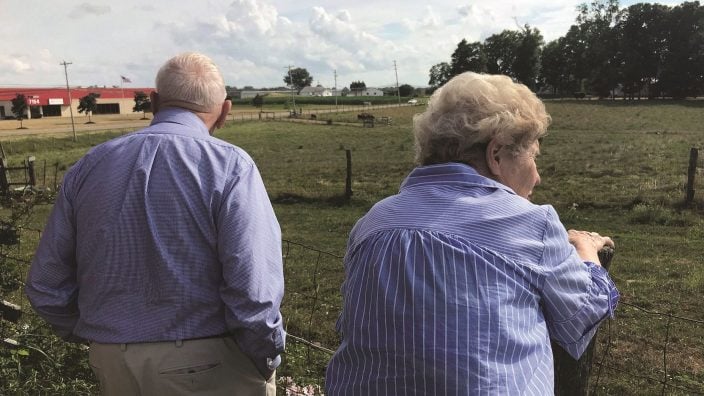Ohio Farm Bureau Podcast: Finding Markets for Soybeans and Succession Planning Resources
Learn about the latest Ohio Soybean Council’s “See for Yourself” trip and find out about the new Our Ohio magazine that focuses on succession planning.
Read More






